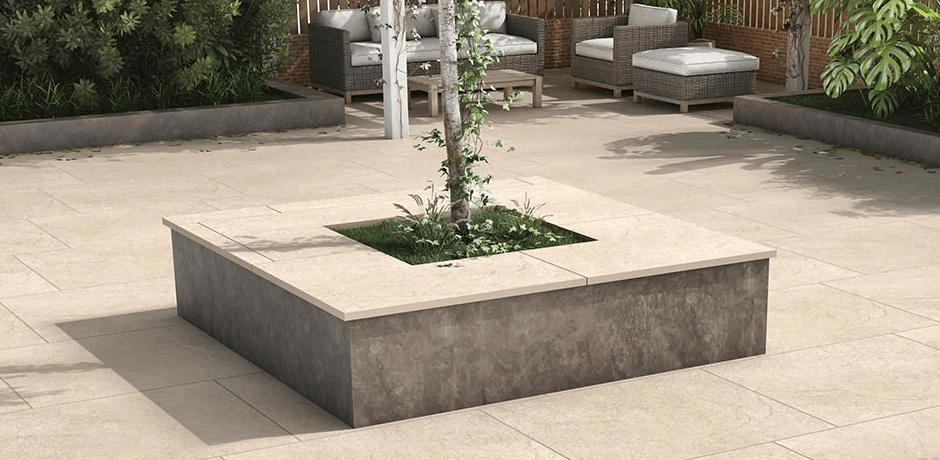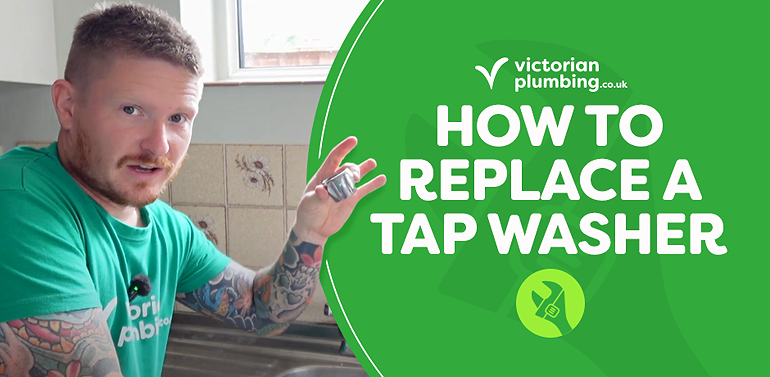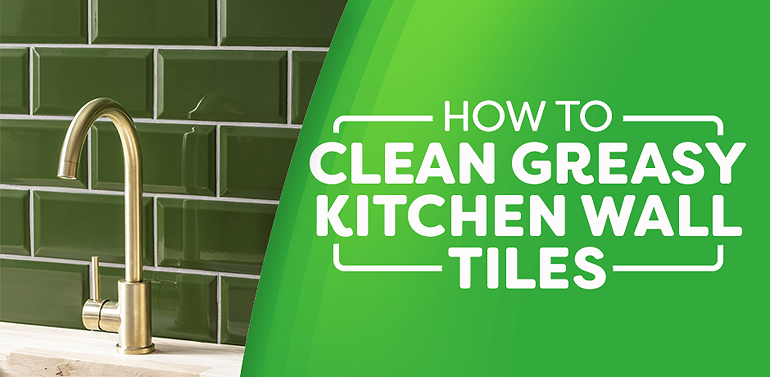UP TO 60% OFF BIG BATHROOM SALE
*Free delivery on orders over £499
How Do You Air Out a Bathroom Without a Window?
How Do You Air Out a Bathroom Without a Window?
Have a bathroom with no window? Let's discuss how to air out your space...
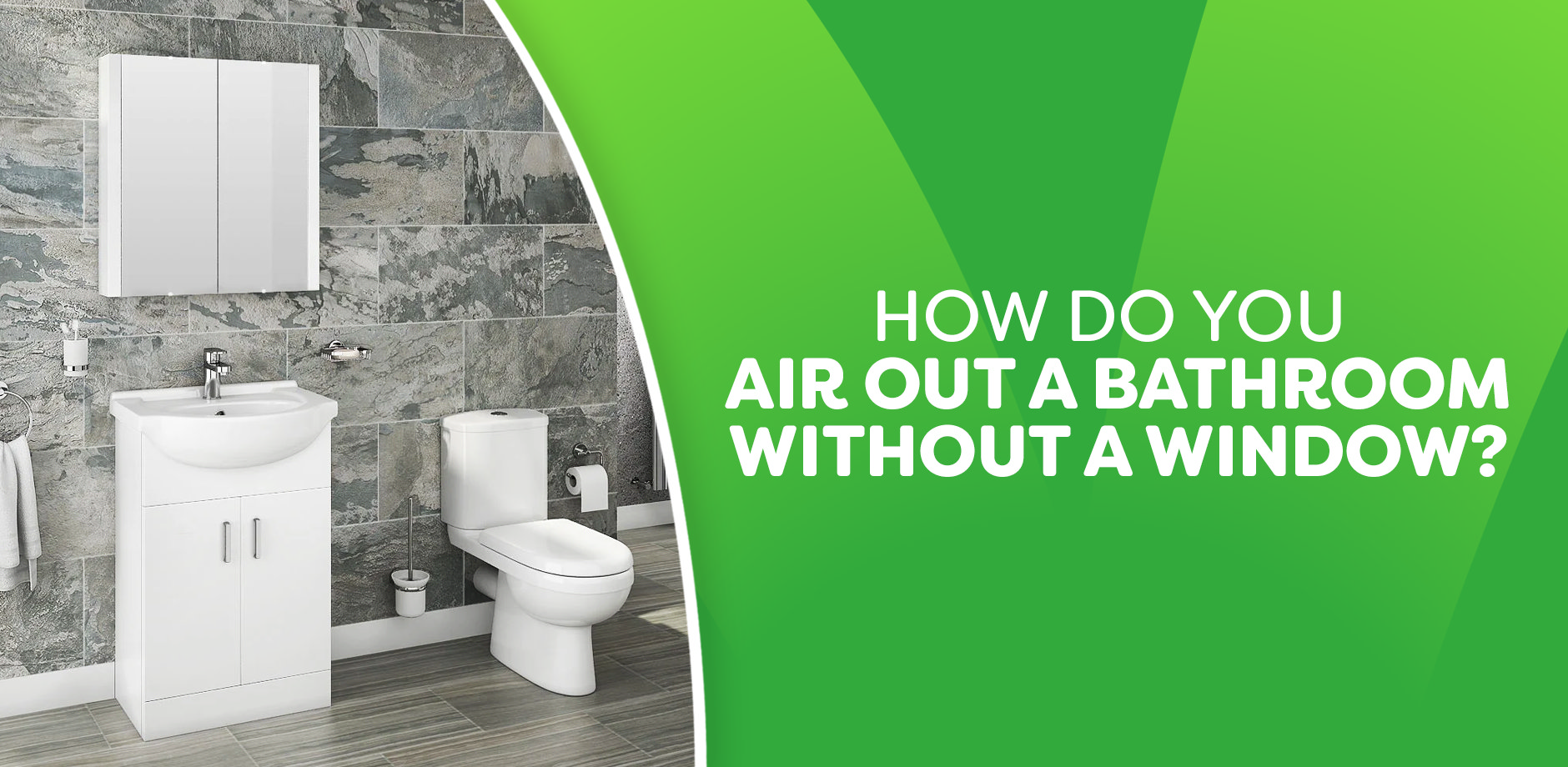
Introduction
If you were to guess which is the wettest room in your house, 9 times out of 10, you'd probably say the bathroom. Bathrooms are the one room in most houses that stay mostly wet throughout the day, with people using them for things such as showering and washing their faces.
Well-ventilated bathrooms are a must for a reason. Excessive moisture in the air has to be able to escape to keep the bathroom air dry and allow moisture in the floor to evaporate fast enough. Without a proper ventilation system, you will be met with several problems in the long run.
Lucky for you, keeping your bathroom dry and moisture-free can be as easy as installing a window. A window is generally sufficient enough to circulate the air in a bathroom, preventing an excess of moisture from building up. As long as you're not someone who takes a hot shower all the time with the door open, then by following some of these tips, you will be able to achieve better air circulation, and consequently, better indoor air quality.
However, windows may not be for everyone. If that is the case, how then do you air out a bathroom without windows? Well, windows are not the only way to ensure sufficient ventilation. Other forms of ventilation systems exist like fresh air intake vents and exhaust fans, that can promote stronger air circulation. Moreover, there are several additional steps you can take to help keep your bathroom dry and moisture-free.
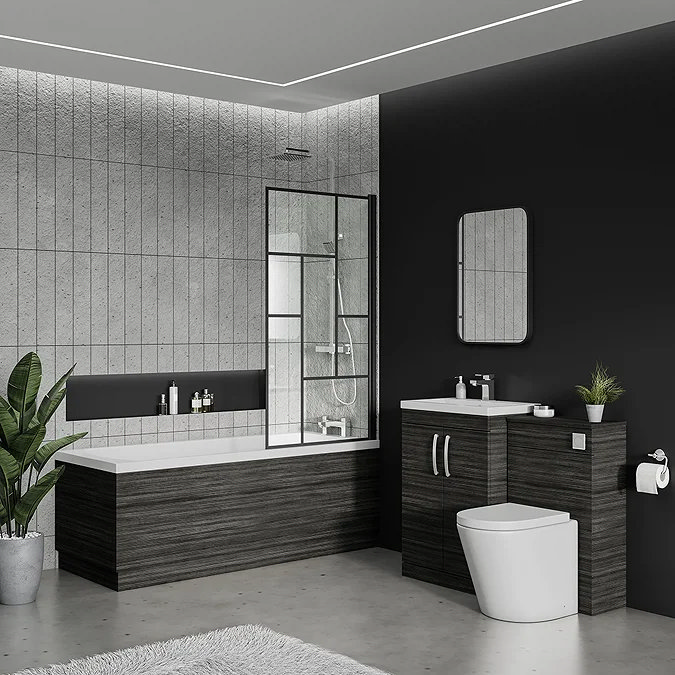
The importance of proper bathroom ventilation
Before we find out the various ways to help improve the air circulation in a bathroom without windows, let's first understand the importance of ventilating your windowless bathrooms.
The main reason why bathrooms have to be very well-ventilated is due to the amount of moisture retained in bathrooms throughout the day.
A windowless bathroom is automatically at a disadvantage in terms of having a proper bathroom ventilation system, since warm air and fresh air cannot easily enter and exit windowless bathrooms.
Moisture is a recipe for disaster as it can easily lead to mould and mildew infestations which thrive in humid and damp conditions. An improved ventilation system will naturally help keep your bathroom ventilated, bathroom fresh, and get rid of musty smells.
Mould isn’t only unsightly, but it can also cause a bad smell as well. This smell is unable to escape due to poor ventilation, and over time, it will only get progressively worse. Moisture can also easily seep into the walls and floors, causing water damage. Wooden structures will easily rot and metals will easily rust as well in an overly damp environment.
How to improve ventilation in a windowless bathroom
Use a ventilation fan
Besides windows, ventilation fans are a common option for bathrooms. Many homeowners would rather not have windows in their bathrooms, or simply can’t install one, hence they use extractor fans instead.
A ventilation fan can help draw air out of the bathroom quickly, pulling any excess moisture in the air along as well. This allows the moisture in the bathroom floors and walls to evaporate at a much quicker rate as well, keeping things as dry as possible.
Ventilation fans are a great replacement for windows as they help circulate air just as well, if not better. However, it is important that you get a fan that is power-rated for your bathroom size to ensure that there is sufficient ventilation.
Wipe water away that has pooled in your bathroom
Whilst ventilation will help remove excess moisture in the air, they don’t help very much when it comes to large amounts of water that take a long time to dry. Wiping away spills and water that has pooled in the corners of the bathroom can help keep things nice and dry.
Not letting water pool in the first place is also a big part. Use a shower curtain or shower screen. Make sure your en suite room has the air conditioner on (if you have one), make sure to maximise air circulation as much as you can, take fewer hot showers, and make sure to close your shower door. If you're already in a windowless bathroom, you have to make sure the little fresh air is going to dry up essential areas. When water pools, even warm and moist air or a fresh air intake vent won't help you very much.
We even recommend wiping off the condensation that occurs on bathroom mirrors and glass panels to prevent as much moisture from building up as possible. Make sure your windowless bathroom is minimising the amount of water your fresh air intake vent or your air conditioner has to deal with.
Whilst this may seem like a tedious task to carry out every time you use your bathroom, it only helps to keep your bathroom dry and moisture-free.
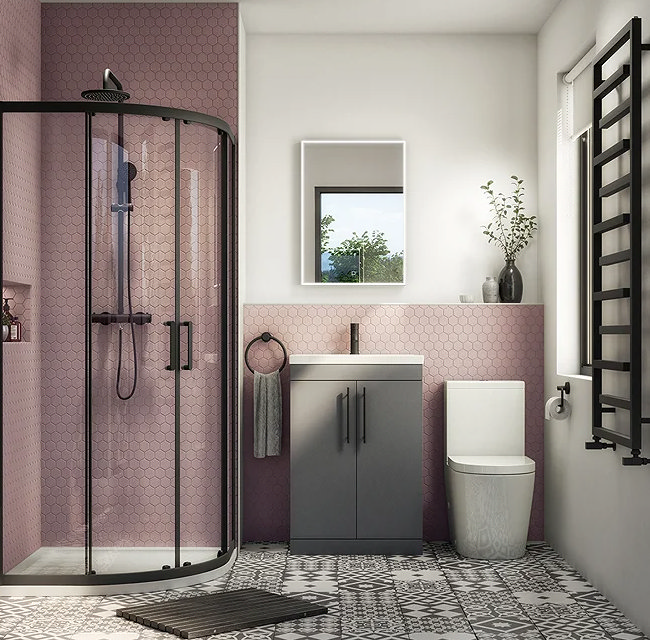
Keep the doors open
Keeping the bathroom door open after using the bathroom is a great way to help ventilate the bathroom if there aren't any windows. This lets out any steam that has built up when you were taking a shower or a bath. If possible, leave the bathroom door open while you use the bathroom as a well-ventilated room is worth the slight bit of privacy loss, especially if you can time your bathroom door open hours to be when no one else is at home. If you have a windowless bathroom you have very little choice automatically on bathroom ventilation, so take what you can.
Portable Fans
Portable fans can help with wet spots in the bathroom. You should place one facing areas that accumulate moisture easily to help moisture evaporate much quicker. This prevents these areas from getting infested with mould or even accumulating damage from prolonged water exposure. This helps to generate fresh air by cooling and circulating warm air in the room
Use a dehumidifier
Dehumidifiers are commonly used in living spaces such as the living room and bedrooms, but did you know that installing them in bathrooms is a great idea as well? Dehumidifiers help draw moisture in from the surroundings, and installing them in bathrooms to keep the humidity level down is a no-brainer. However, dehumidifiers won’t be sufficient enough on their own and should be used to aid with keeping the room dry.
Dry your towels outside
Most people dry their used towels inside their bathroom, but this only builds up more moisture in the bathroom. Water that drips from towels can also cause pools of water to form, which is a cause for concern if your bathroom isn’t ventilated well enough. Drying towels inside bathrooms can also lead to unpleasant smells. It is recommended that you dry your towels outside instead to prevent a build up of moisture, keeping the room drier.
Use moisture absorbers
If your bathroom gets humid easily, moisture absorbers are a great addition to have in the bathroom. Moisture absorbers are typically made out of calcium chloride and come packaged in small bags that can be hung. This makes it easy to place in certain areas of the bathrooms. All you need are some suction cup hooks that can be easily purchased online or in High Streets up and down the country.
What is great about these moisture absorbers is that they can be placed in drawers and cupboards in your bathroom. These enclosed places tend to trap moisture easily and having the means to remove the build-up of excess moisture is simply great.
Conclusion
Keeping your bathroom adequately ventilated is important to prevent excess moisture from building up, which can lead to all sorts of other problems such as mould and unpleasant smells. However, if you're unable or simply prefer not to install windows in your bathroom, don't worry as there are plenty of other ways to keep your bathroom dry and moisture-free as mentioned above. In fact, there are tons of other innovative methods to keep moisture out of your bathroom that we have not gone through such as heated floors. With these different ways available, windows are not a necessity anymore.

Hannah
Hannah is one of our bathroom bloggers here at Victorian Plumbing. She'll be posting updates on the latest bathroom trends and decorating tips. Look out for her expert 'how to' step-by-step DIY guides too!
